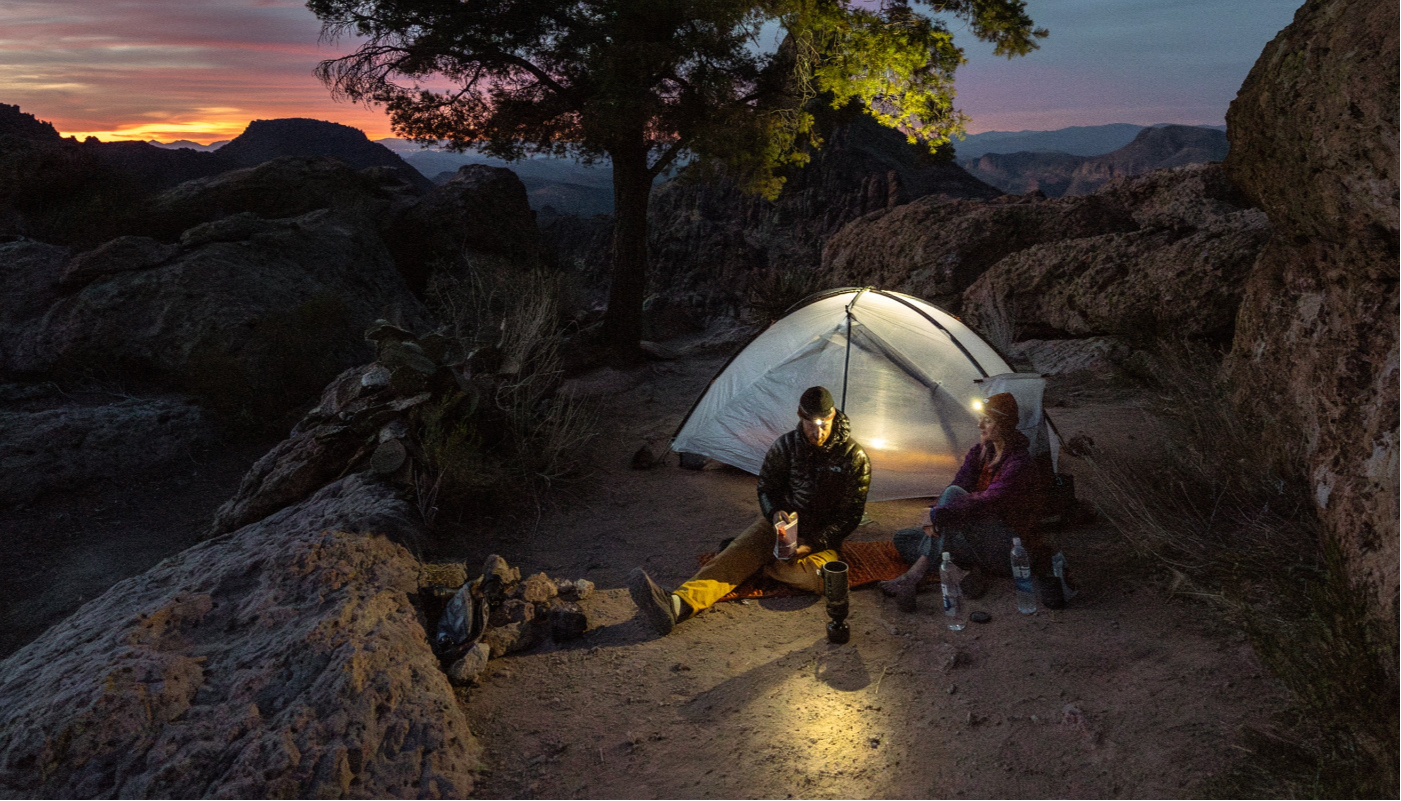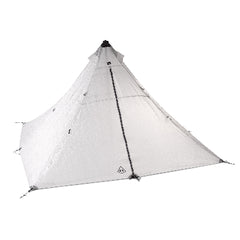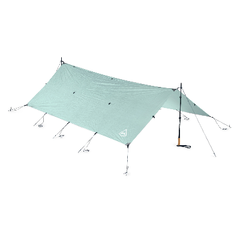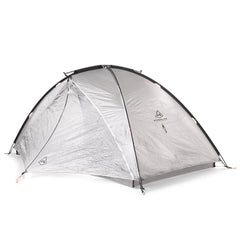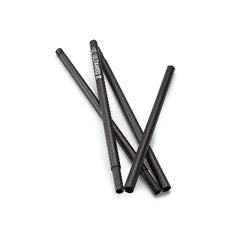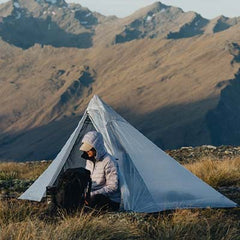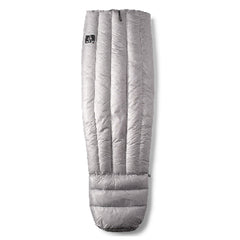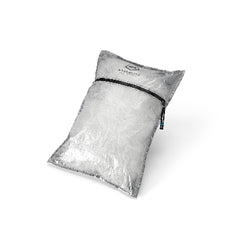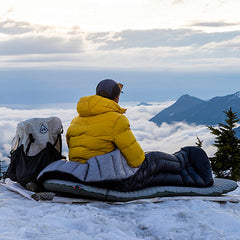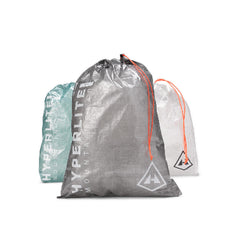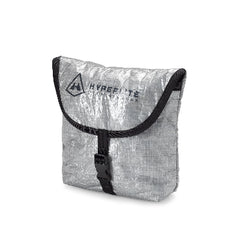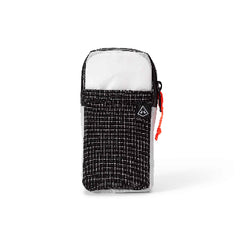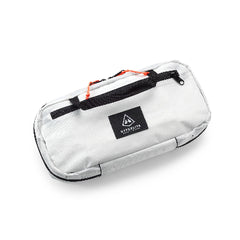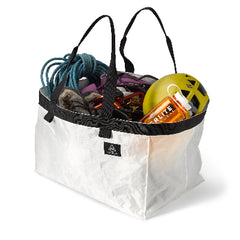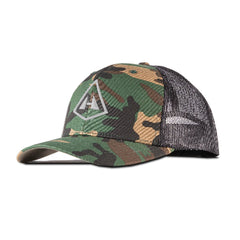Words by Kaitlyn Boyle, Photos from Ben Gavelda and Will Stubb
If you Google "Top wedding and honeymoon destinations," surprisingly, the Tetons don't come up. Instead, Maldives, Hawaii, Italy, Greece, Mexico, Bora Bora, Bali, St. Lucia, Paris, the Caribbean, Thailand, Fiji, and Seychelles top the Google charts. Which, then considering nearly every single one of those places has turquoise blue water and beaches, it is entirely unsurprising that backcountry skiing, specifically, a self-supported, week-plus long backcountry winter ski traverse complete with winter camping (like, in the snow), is not even listed as a popular honeymoon activity and on top of a 10,200' mountain isn't mentioned as a place to get married.
But Will and I didn't Google weddings or honeymoons before deciding where or how we were going to officially tie the knot and embark on the adventure that is supposed to be marriage. Instead, when talking about where and how we would get married, we agreed on two elements: the first would be eloping* in a landscape that is significant to us as a couple, and the second part would be having a celebration at home in the Teton Valley with immediate family and friends to share our vows in front of the people who love and support us.
*Note: I also didn't Google "eloping" before choosing to do so. The definition involves" sudden" and "secret," which now explains why some people were surprised when we shared our plans to elope ahead of time! My parents eloped in 1983, my brother eloped, and about half of my married friends have all eloped. I just thought it was one of many ways to get married.
Ski traversing across the crest of the Tetons has been in our minds since the beginning of our relationship. But most years, I get busy riding bikes by the time a spring ski traverse would be viable. This year our snowpack was setting up to be quite thick, and my spring schedule allowed for a big adventure beyond the bike. Plus, we had identified our wedding party date for June, so we needed to figure out where and when to go have our micro ceremony in the wild. The Teton Ski Traverse became the logical answer. Will had to take time off work, so we chose the Spring equinox as our hopeful weather window, knowing that late March could involve some winter storms, but also longer days and general trends toward more high pressure should lead to both great skiing and great traversing.

Photo: Ben Gavelda
Planning a self-support ski traverse is logistically involved. The route needed to be built, the systems of clothing and gear identified, rations planned, fuel calculated, shuttles planned, and on top of the normal ski traverse logistics, the micro wedding ceremony had its own logistical needs. How does one bring their dog to the wedding ceremony but not on the ski traverse beyond the first summit? How do you bring a cake up to 10,200' when your pack is full of over a week's worth of gear? Who can officiate a marriage on a peak that is surrounded by avalanche terrain? These were all questions that needed answering, and somehow I had chosen one of the more complicated ways to get married.

Photo: Will Stubb
THE TRAVERSE LOGISTICS
We needed a route that was both a traverse across the Tetons, also viable for our window of time, and appropriate for the snowpack. We needed kits as light, svelte, and compact as possible for skiing pow and breaking trail all day. But, we also needed the clothing and camp gear to keep us warm and dry in potentially cold and snowy wintery conditions, both while skiing and camping.
Beyond the kit, organizing food and nutrition involves a strategy and extensive planning and packing. We needed a ration with enough calories to keep us energized and recovering but no more than necessary to keep our pack weights minimal. We decided to set up two food caches so we'd only carry a maximum of four days of food between re-rations.

Photo: Will Stubb
THE ROUTE
The route in concept was straightforward: ski south to north across the Tetons, starting on Mt. Taylor and using the Teton Crest as a handrail; ski as much pow along the way. When I told my dad the objective, his response was, "But don't you need rock climbing gear for those?" He had a good point. The iconic peaks of the Tetons are high, nearly vertical rocky peaks that only the most extreme ski mountaineers can ski. We were not going to be climbing and skiing up and over the South, Middle, and Grand Teton. We were taking the route along the crest of the range, where drainages divide between flowing east and west. Eventually, towards the north, we would have to pick a direction to exit, as there isn't winter road access to the northern terminus of the range. In an ideal scenario, we would retreat to the northeast across some of the bigger peaks of the eastern side of the north Tetons, down to and across Jackson Lake. Alternatively, we would exit a northern drainage to the west, back into the Teton Valley. We built routes and itineraries for both options, both coming to about 65 miles with around 35,000' of elevation gain and loss. We allocated ten days, including a day or two for basecamp style ski days.

Photo: Will Stubb
GEAR LIST
We approached gear as only what's necessary to be comfortable, safe, and still have a great time. This looked like having all the gear necessary to stay dry, warm enough, hydrated, fed, and moving along our route. The Headwall 55 pack provided just enough capacity to carry four days of backcountry skiing and winter camping gear, food, and fuel while pushing us to create a minimalist winter kit. The gear list:
Skis, boots, skins, poles
Headwall 55 pack
Shovel, probe, beacon
1st Aid Kit
Ski repair kit
Headlamp
Skin wax & mini scraper
Ski crampons
Bear spray
ECT cord, thermometer, snow crystal card
Compass w/ inclinometer
40' of 7mm cord
Ultamid 2 (set up with ski poles & Volie straps)
-10 F down sleeping bag in Side Entry Pod
Thermarest neoair xlite inflatable pad
Short z-rest foam pad
MSR Reactor stove w/ 1.5L pot
Bowl, spoon
1 L Nalgene
.5 L Nalgene w/ coozy
2L Dromedary
Katadyn Be Free 1L filter
7oz isobutane fuel /day
Roll-Top Stuff Sack & Ursack for bear storage
Patgonia Stormstride pant
Capiliene Midweight bottoms
Capiliene Air bottoms
Merino longsleeve top
Houdini wind jacket
Micropuff hoody jacket
Stormstride jacket
Fitzroy Down Hoody
Sports bra
Midweight ski sock, heavy weight wool sock
Capilene midweight gloves
Honeycomb knit beanie
Buff
Nylon trucker hat
Feathered Friends down booties
Black Diamond Tour glove
OR 2-layer storm mitt
Sunglasses
Goggles w/ sun & clear lenses
Sunscreen
Chapstick
Toothbrush & powdered paste
Garmin InReach
I-phone
i-phone cord
Battery pack
GoPro & camera in camera pod
Topo mapset
Pods and Stuff Sacks for organizing
In the half-way re-ration:
Clean socks
Clean base layers
Feathered Friends down pants
*Note: This kit was determined based on our comfort winter camping and managing ourselves in the conditions we would likely encounter. Selection of gear, layers, fuel, and food quantity is a risk management practice and should always be selected based on personal experience and skill set.
RATION PLAN
We ultimately chose to pack meals that I planned and dehydrated to create nutritious, calorically-rich, lightweight meals that only require hot water. Food between breakfast and dinner was mostly an assortment of snacks with a bagel, cream cheese, and salami to provide the sense of "real food."
SKILOPING

Photo: Ben Gavelda
Blue skies are ideal for getting married on a 10,200 Tetons' summit in the winter. In the week leading up to our Spring Equinox departure date to elope on Mt. Taylor, models were strengthening to the point we agreed that more snow would be how spring would be sprung. But, the last day of winter, March 19, would bring clear, blue skies. We moved our trip forward a day, crammed all our packing in one less day, and arrived at the trailhead off Teton Pass at 08:30 with all the gear and logistics in place to begin the 3,000' ascent up Taylor for a small wedding ceremony complete with Hank our dog, cake, and to proceed into a ten-day traverse north from the summit.
On the summit, our friend Blodg extracted carefully packed flowers from his towering pack, handed me a bouquet, and pinned a boutineer on Will.
Lynne Wolfe, a retired career mountain guide and friend and mentor since college, officiated our ceremony under blue skies on Taylor.

Photo: Ben Gavelda
Blodg then extracted a carefully packed cake from deeper in his pack and then pulled out a popped bottle of prosecco. We cut the cake with a snow saw and all celebrated with bubblies and cake on snow.

Photo: Ben Gavelda
Lynne, her husband Dan, Blodg, and Ben with the camera, then escorted the dogs down off the east side of Taylor as Will and I skied north, mostly hand in hand, to begin our journey across the range that unfolded under clear skies as long as I could see. We skied our favorite shot off Taylor and gleefully enjoyed our first honeymoon camp in a strong sun that quickly dried out our wet gear from a spring-like day while enjoying wine in a can and wedding cake in a Ziploc, toasting to ourselves and our future. So far, married life has been fantastic.

Photo: Ben Gavelda
***
The unmistakable sound of snow on a Dyneema roof awoke us the next morning. Peeking outside, the mountains that had shadowed our camp at sunset were nowhere to be seen. The cloud ceiling was just overhead, and a few inches of fresh snow had fallen while we slept. We broke trail with relative ease, even carrying full packs through fresh snow, up above the Teton Crest, where we found a couple north facing powder shots through cliff bands down to a bench below. We were doing it - traversing and skiing great snow! We stopped mid-afternoon and set up our UltaMid with our seven mm cord strung between two trees to hang it from. We dropped our overnight gear under the shelter as the snow continued to fall rapidly from the sky and set out to find more afternoon skiing from camp. The wind ripped sideways once up on top of a prominent ridgeline. We peered over cornices into couloirs to be met with milk jug visibility–it was impossible to see the cliffy terrain below us. An eagle soared by, squinting into the snowy sky. We skied back the way we ascended, disappointed but hopeful the following day would provide another opportunity to try this zone again.

Photo: Will Stubb
Despite being under trees, snow streamed into the cracked UltaMid door as we cooked that night. We woke throughout the night to continue to push snow off the walls, and in the morning, we looked outside to the scene of a snow globe.
From our Garmin InReach, we received a message from our friend Caitie. Hank had come down from Taylor, tired but happy after our wedding day, and had settled into cuddling her head. Snow was increasing through the week, with a mid-afternoon lull between storms on Tuesday afternoon and even more snow in the long-term forecast. It was Tuesday morning and still white-out snowstorm conditions. The visibility still wasn't suitable to return to the ridge with the shots we wanted to ski above camp, and we didn't have time to wait for the lull and to make progress along the route that day. We decided it was best to use the break in the storms to cover the miles across the Death Canyon Shelf, where we would then be on the east side of the Teton crest and in more familiar terrain before the next storm system settled in.


